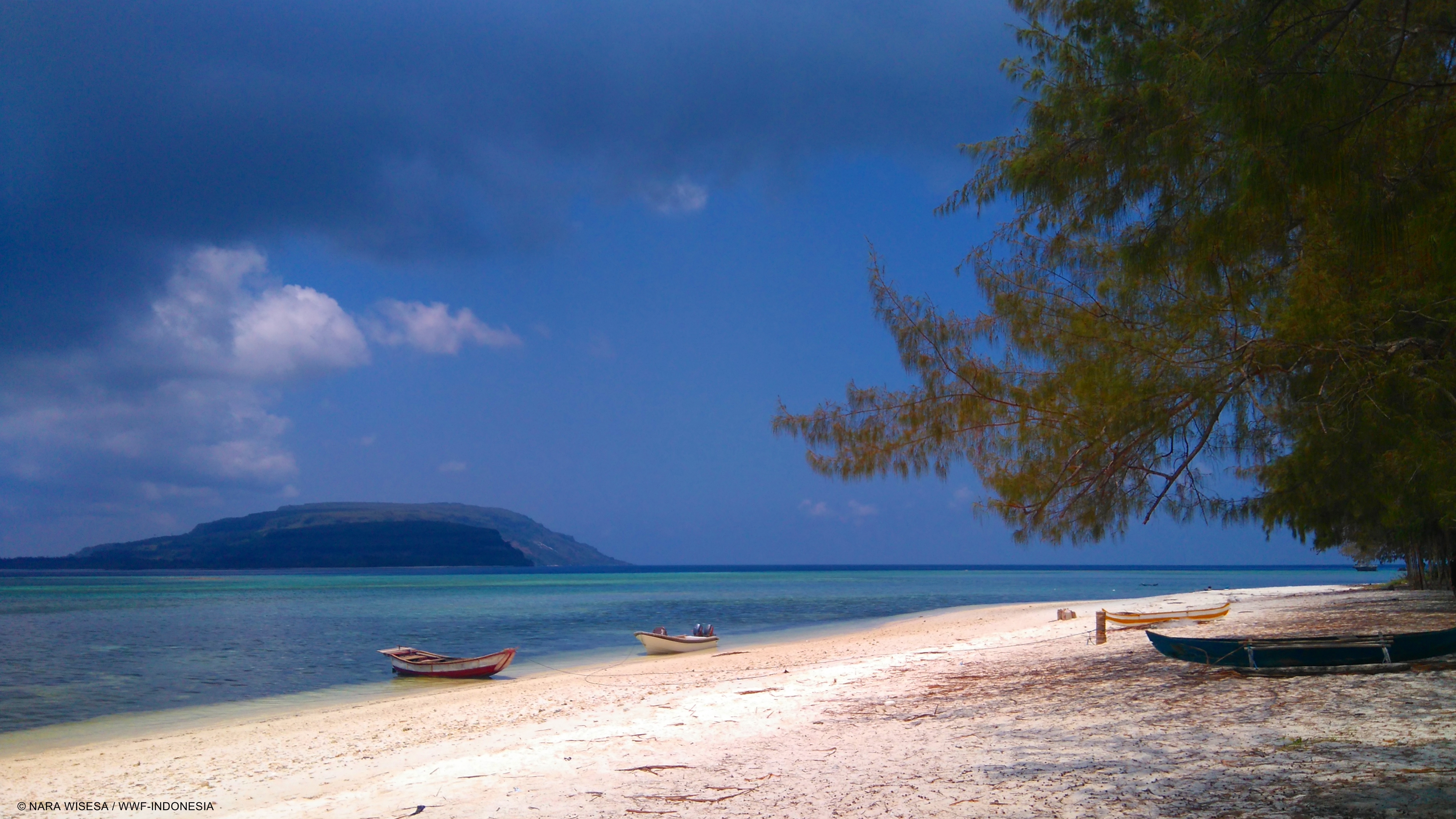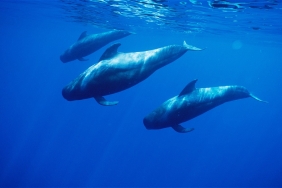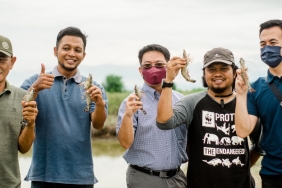#XPDCMBD: FOLLOWING THE EXCITEMENT OF 'BAMETI' LITTLE FISHERMEN OF USTUTUN VILLAGE
Author: Ignatius Tri Hargiyatno (KKP)
When we have to be more careful in stepping foot in the area where the sea water begins to recede to the shoreline - or known as 'meti' - they walk nimbly among seagrass beds avoiding the sharp sea urchin spines like needles ready to stab. Yes, this is the daily life of the children of Ustutun Village on Liran Island, one of the last islands in Southwest Maluku Regency, which borders Timor Leste.
The time for studying at school was over. A group of children from Ustutun Village immediately rushed to the 'playground' that was familiar to them, namely the beach and the sea. Some of the children, who were still in elementary and junior high school, carried small buckets to collect seashells among the seagrass beds that were spread out due to the 'methi'. When the buckets are full, they will use the canoe as a temporary container for the shells. In addition to the shells, there are some children who carry sacks to hunt sea urchins, which they think are delicious to eat even if they are raw.
In most parts of Eastern Indonesia - including the Maluku Islands - the activity of capturing and utilizing marine and coastal resources during low tide or 'meti' is called 'bameti'. In addition to shellfish and sea urchins, the little fishermen of Ustutun Village also often catch fish during 'meti' conditions, either directly taking fish trapped in small pools (tidal pool) or using fishing gear.
Ustutun village still applies the sasi system. Interestingly, the sasi or rules that apply are not from custom, but from the church. If anyone violates it, they will be penalized in the form of sin. Sasi in Ustutun Village prohibits residents from harvesting sea cucumbers, lola, and batulaga. The Sasi is in effect for four years, after which it is only open for 1-2 weeks. When sasi opens, residents are allowed to harvest the three marine species together.





